
Cats are surprisingly good at masking their pain or distress, which is a survival instinct they have inherited from their wild ancestors. Unlike dogs, who openly show their discomfort, cats use subtle behavioral and physical cues to show that something is wrong.
From changes in grooming habits to unusual vocalizations, these are all signs you should look out for. These signs often go unnoticed until the problem becomes severe. Understanding and recognizing these signs could save your cat’s life by ensuring early detection and treatment of underlying health issues. Let’s take a look at nine warning signs your cat is crying for help.
1. Sudden Changes in Behavior

Most pets, especially cats and dogs, thrive on routine. So, if your cat shows any behavioral changes, you should take it seriously. If a playful cat suddenly becomes withdrawn, or if a calm cat shows signs of aggression, it could indicate pain, illness, or emotional distress. Thes shifts usually occur before physical symptoms, which could make them early warning signs of conditions like arthritis, kidney disease, or even anxiety.
Studies have shown that cats with chronic pain could isolate themselves and avoid interactions with their owners or other pets. If your cat starts acting out of character, like hiding more often, avoiding playtime, or becoming unusually clingy, you should take them to a vet.
2. Over-Grooming

Excessive grooming might seem harmless, but it can be a sign of deeper issues like stress, allergies, or even skin infections. Cats will often over-groom as a coping mechanism during periods of anxiety or boredom, which can lead to bald patches and irritated skin.
This behavior is very common in households with multiple pets or after significant environmental changes like moving homes. It is also believed that over-grooming could be linked to medical problems like hyperthyroidism or flea infestations. If you notice your cat grooming itself obsessively, especially in specific areas like the belly or paws, you should consult a veterinarian.
3. Increased Vocalization
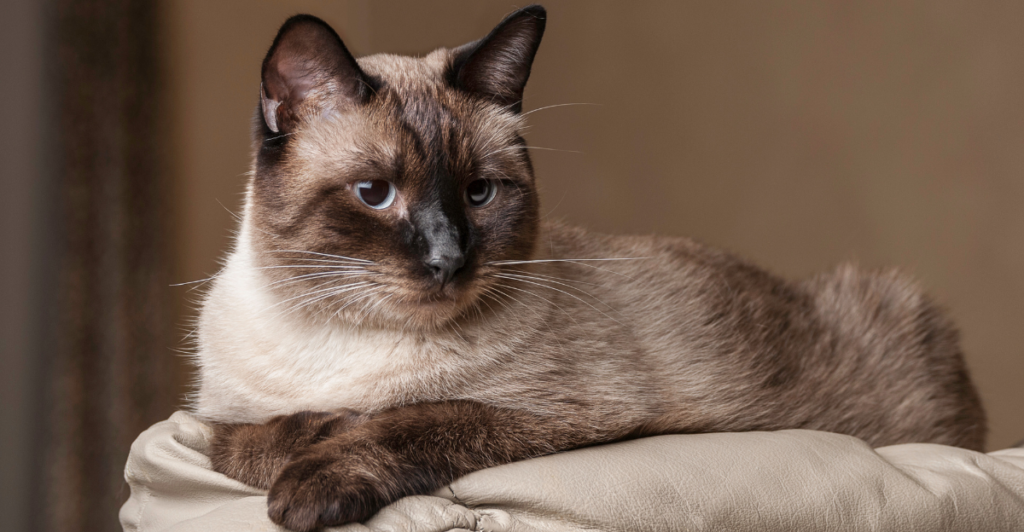
Some cat breeds are naturally quite chatty, especially Siamese cats. However, a sudden increase in vocalization can indicate distress or discomfort. Low-pitched yowling often signals pain, while incessant meowing might point to hunger, loneliness, or cognitive dysfunction in older cats.
Research shows that cats use specific vocal patterns to communicate with their humans, especially when they’re unwell. Excessive nighttime crying could indicate hyperthyroidism or hypertension. Pay close attention to changes in your cat’s vocal habits; it’s their way of expressing that something isn’t right.
4. Changes in Appetite or Thirst

A sudden loss of appetite could seem like picky eating, but it could signal serious health concerns like dental pain, gastrointestinal issues, or even depression. An increase in thirst is often linked to conditions like diabetes or kidney disease, which are very common in older cats. Weight fluctuations are another red flag that should never be ignored.
Cats are creatures of habit when it comes to eating and drinking patterns; if they deviate from these patterns, something could be seriously wrong. A study found that cats with chronic kidney disease often show increased thirst weeks before other symptoms appear. Monitoring your cat’s food and water intake can provide early clues about their health and help ensure timely intervention.
5. Litter Box Avoidance
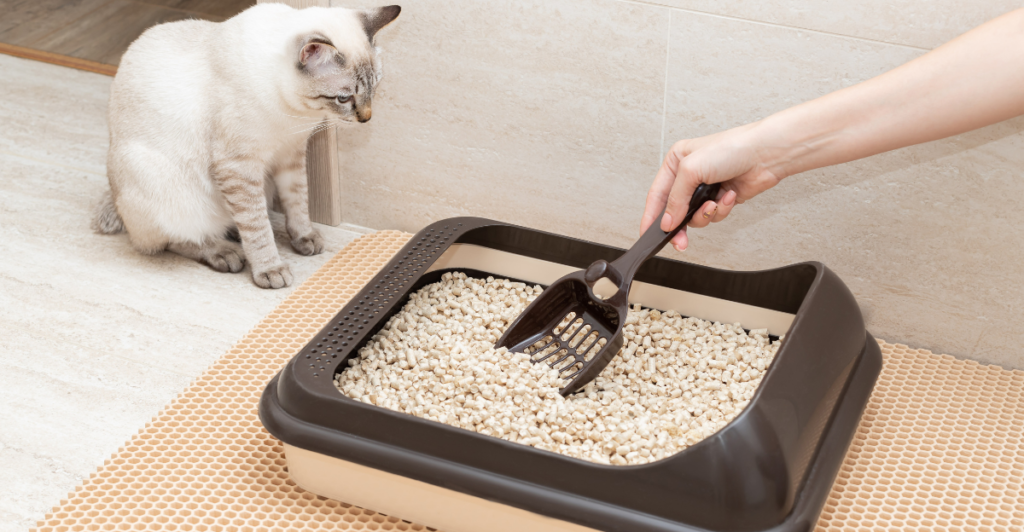
If your cat suddenly starts avoiding the litter box, it could indicate serious medical issues like urinary tract infections (UTIs), bladder stones, or stress-related conditions like feline idiopathic cystitis (FIC). Cats associate pain with the litter box and may stop using it entirely if urination becomes uncomfortable.
This behavior is especially common in male cats because they are prone to urinary blockages, which is a potentially life-threatening condition if it is left untreated. On top of that, stress from environmental changes can exacerbate litter box avoidance. Experts recommend observing your cat’s bathroom habits closely; frequent trips without results or straining are clear signs that something is wrong.
6. Hiding More Frequently
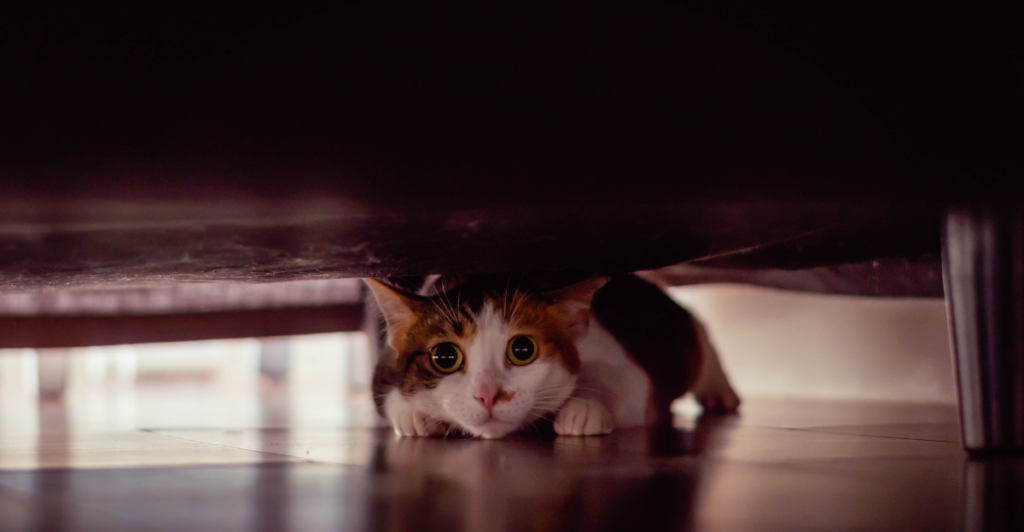
Hiding is an instinctive behavior that cats use to protect themselves when they feel vulnerable because of illness or stress. While occasional hiding is normal, especially during loud events like thunderstorms, excessive seclusion is a red flag for underlying health problems like pain or anxiety.
For instance, a cat suffering from arthritis may retreat to avoid movement that exacerbates discomfort. Similarly, stress from changes like new pets or family members can trigger hiding behavior. If your usually social cat begins spending hours under furniture or in closets, it’s important to consult a veterinarian.
7. Aggression or Irritability
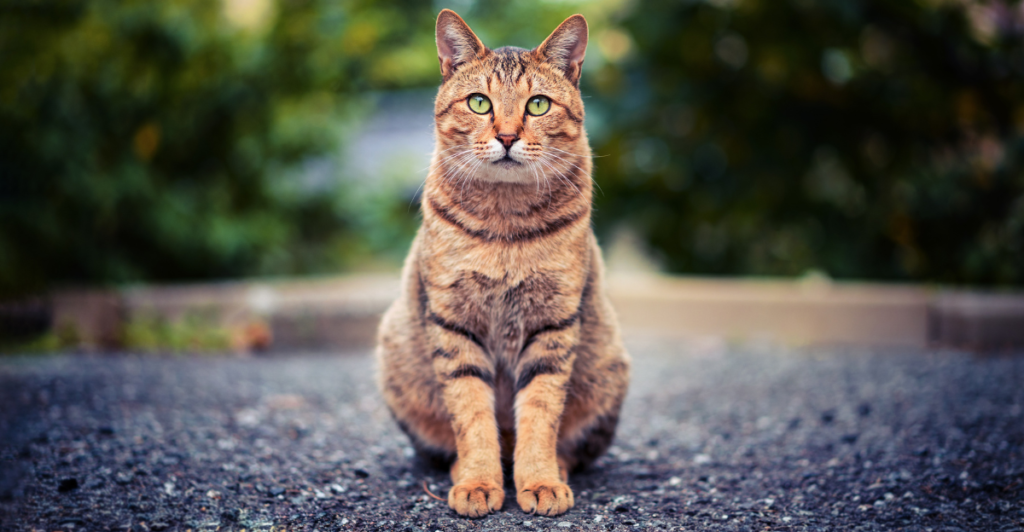
When cats experience physical discomfort often enough, they can become irritable or aggressive as a defensive mechanism against perceived threats, even from their owners. Conditions like dental disease, arthritis, or urinary tract infections are common culprits behind sudden aggression toward humans or other pets in the household.
Stressful situations can also make your cat more irritable. For example, if you are introducing a new pet to your household, it can exacerbate existing health issues and provoke aggressive behavior. Experts recommend monitoring these shifts closely and consulting a vet to address medical and behavioral causes.
8. Changes in Grooming Habits
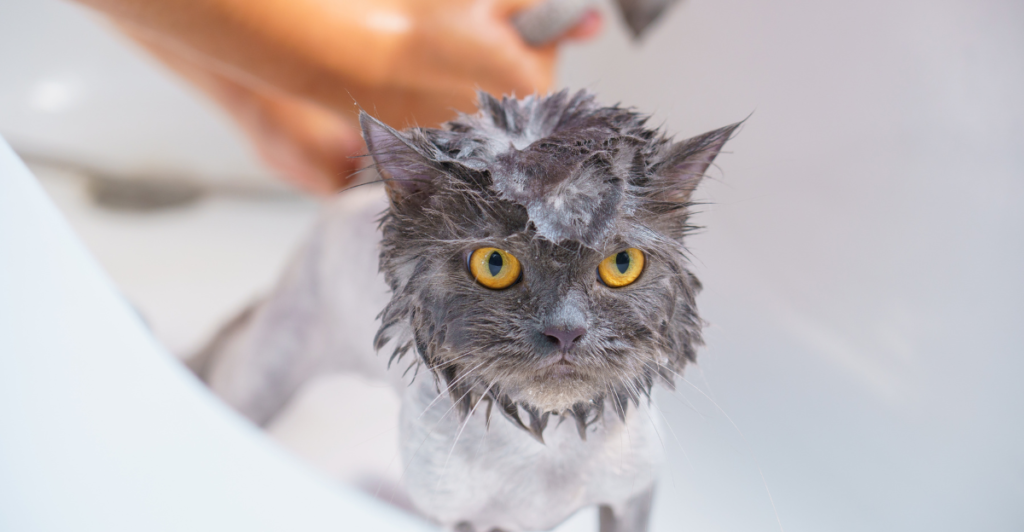
While excessive grooming can be bad, neglecting this routine can also be bad. If your cat isn’t grooming itself, it could be an early warning sign of health problems like obesity, arthritis (which makes grooming painful), or depression caused by stressors such as losing a companion animal.
Matted fur, dandruff, and an unkempt appearance are telltale signs something is wrong. On the other hand, excessive grooming (as discussed earlier) also signals distress but manifests differently depending on the underlying issue.
9. Unusual Body Language

Flattened ears, dilated pupils, hunched posture, and twitching skin are all subtle cues that often go unnoticed but reveal a lot about your cat’s emotional and physical state.
For example, a hunched posture with squinted eyes can indicate abdominal pain caused by gastrointestinal issues or pancreatitis, which is a condition requiring immediate attention. Similarly, persistent tail flicking can signify irritation or fear stemming from environmental stressors like loud noises.
Explore more of our trending stories and hit Follow to keep them coming to your feed!

Don’t miss out on more stories like this! Hit the Follow button at the top of this article to stay updated with the latest news. Share your thoughts in the comments—we’d love to hear from you!







